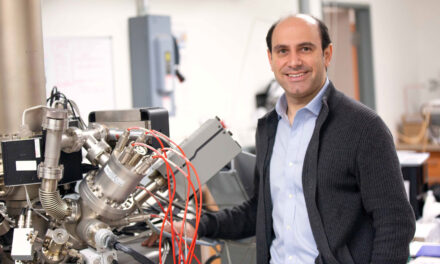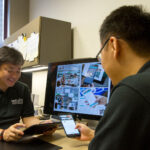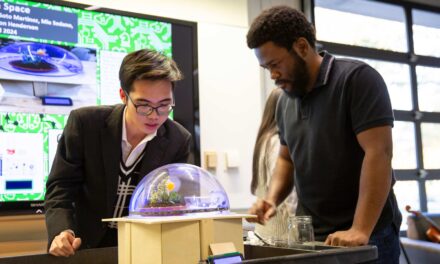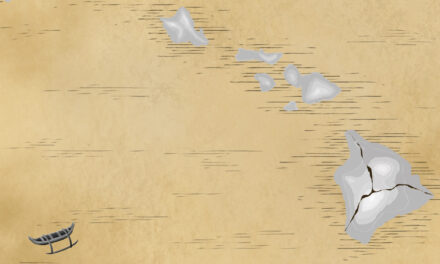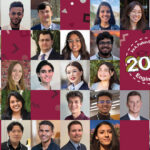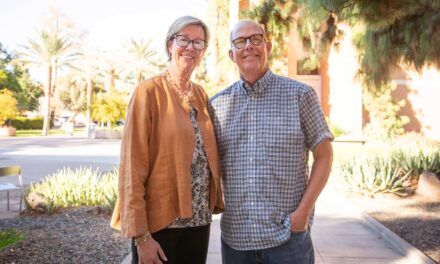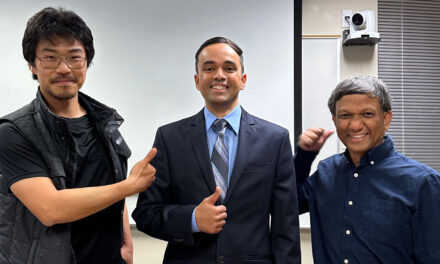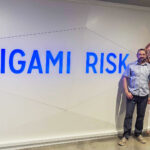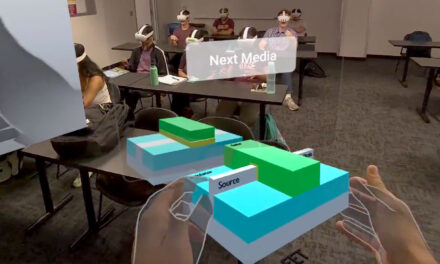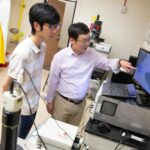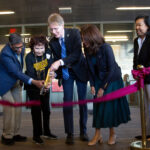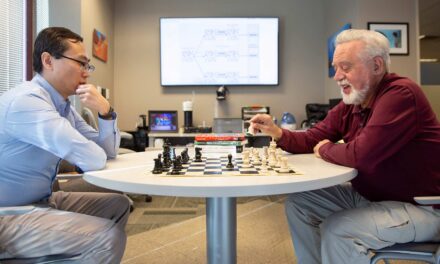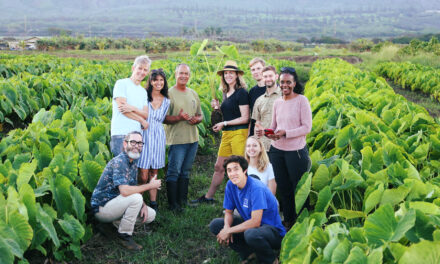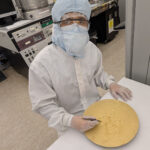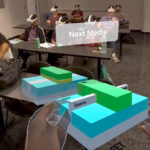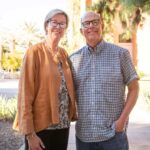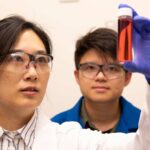
Cool partnership solves hot problem
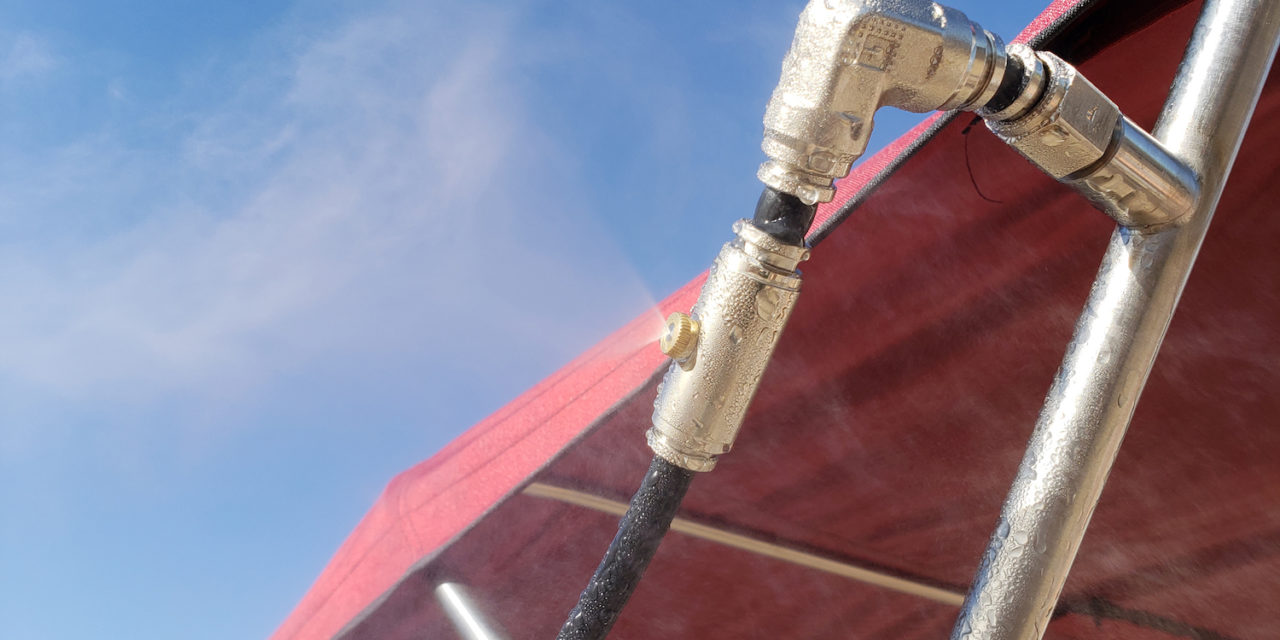
Above: Through the eProjects program, students in the Fulton Schools have been working with local company Mr. Misters over the last two semesters on the redesign of a photovoltaic bimini frame to house a misting system that will be used to cool passengers of runabout style boats. Photo courtesy of Tanner Woodward
ASU students collaborate with local business to develop new boat misting system
Anyone who has been in Arizona during the summer understands why misters are so important. Misters line the awnings of shopping malls and restaurants throughout the Valley, dispensing a cloud of heavily pressurized water droplets that absorb heat and quickly evaporate. These droplets can cool the temperature by up to 30 degrees, making a huge difference to anyone in their immediate vicinity.
Local cooling solutions business Mr. Misters is working to bring that same cooling experience to boaters. For the past academic year, Mr. Misters has partnered with students at the Polytechnic School at Arizona State University to develop a misting system for small watercraft.
The few boat misting systems on the market attach to the vessel’s shade structure, called a Bimini frame. The misters use the boat’s power to pull water from an onboard refillable tank. ASU students worked with Mr. Misters to design a new misting system that operates using an independent solar-powered battery that pumps and purifies water directly from the lake through the Bimini frame to the misting heads, eliminating the need for an onboard refillable water tank.
The design process initially began in fall 2016 when David Wright, an Ira A. Fulton Schools of Engineering alumnus and son of Mr. Misters cofounder, Duane Dempsey, had the idea to develop a boat misting structure powered by a photovoltaic system, more commonly known as a solar panel system. One of Wright’s former professors recommended he get involved with the Polytechnic School’s eProjects program to help develop his idea.
“David and I shared our goals for these two semesters and, for the most part, stepped back to allow the students to engineer it,” said Dempsey. “An occasional meeting and emails allowed the teams the opportunity to keep us informed on ideas and testing.”
The eProjects program is just one way the Fulton Schools allows students to gain hands-on work experience. Each academic year, teams of four to eight students collaborate with an industry partner to create innovative solutions for projects proposed by and funded through industry partners to solve real-world problems. Industry partners have ranged from Fortune 100 companies to one-person fashion designers, and the projects challenge students in skill sets ranging from robotics to electrical engineering.
For up to two semesters, students earn credit through engineering courses EGR 401/402: Professional Design Project I/II. However, many students’ commitment to the projects extend far beyond their class credit, with some spending 20 to 30 hours a week developing the projects.
“We treat EGR 401/402 students like first-year graduates,” said Karl Schultz, Industry Liaison for the Capstone eProject program. “Industry partners don’t always have time to hold their hand or walk them through a process; students need to take the initiative to identify problems and come up with solutions, validate those solutions, then execute.”
During spring 2017, an eProject team presented Phase Zero of the boat misting system project at Innovation Showcase, a massive exhibit of projects at the Polytechnic School produced through student-industry collaboration. The initial phase consisted of a preliminary design for a misting system that could be attached to any Bimini frame but prevented the shade structure from retracting when not in use. Despite students completing a full academic year of work on the concept at the time, the project was far from completion.
“It was too great of a challenge for our first time to achieve all of our goals in just two semesters,” said Wright. “Despite not meeting our goals, the first team did some excellent work. They helped us understand how to refine our goals and requirements.”
So in fall 2017, the boat misting system project was divided between two teams for Phase One. Students ranged from an electrical systems major who had experience working with solar photovoltaic modules, to an automotive systems major. The first team worked on redesigning the Bimini frame with the goal of completely integrating the misting system into the framing structure. Meanwhile, the second team began creating a system that could collect water from the lake, then pump and purify it for use in the misters.
Because this type of frame is not currently on the market, the team would need to construct a stainless steel frame — a challenge considering its size and the difficulty of working with the material. No one on the team had welding experience, and welding the frame was not a task for a beginner.
After a month of searching, the team connected with Harder Mechanical, a construction contractor. As it turned out, their point of contact at the company was also a Fulton Schools graduate. Paying it forward, Harder Mechanical agreed to comp the labor as long as the team provided the material.
“If we had paid for the labor, we would have gone over our budget for sure,” said Adam Standard, a recent electrical systems engineering graduate and student contributor to the Bimini frame design. “Harder Mechanical came through on that and helped us out a lot.”
Throughout the semester, the team met at least once a week, completing paperwork for the class, discussing ideas for the project and working with their advisors. A project manager kept track of logistical progress, while the team members held regular discussions with their Mr. Misters liaison to focus on outlining objectives and materials selection for the design.
The Bimini frame redesign and pump system debuted at the Spring 2018 Innovation Showcase. And with another academic year of progress behind them, the team still sees opportunities for improvement ‒ such as incorporating foldable solar panels that will perform to their desired standards.
“There aren’t many companies that make folding style modules,” said David Bowersox, an electrical systems major who contributed to the solar module design. “We would have had to custom make the module that I had designed. Even though I was able to come up with a schematic, we found the old modules from our previous supplier had high internal resistances, which makes them almost completely useless for us.”
The team realized financing a new design of the panels would significantly strain their budget and had to display the Phase Zero version of the panels at the showcase.
Though not every goal was accomplished, this project has progressed over the past two years from a concept to an operating Bimini frame that the students have taken out for a trial run on the lake.
Wright appreciates the students’ work and helping realize his idea for a better misting system for small boats. While many of the eProject team members graduated this spring, Wright believes that Mr. Misters will continue working with the Polytechnic School students for the testing and improvements to come in Phase Two.
“[Engineering students] want to work on something that allows them to innovate and not just analyze something that has already been created,” said Wright. “Given the time these amateur engineers had to work on their prototypes, I’d be surprised if seasoned professionals could do much better given the same amount of time. Granted, these students did not deliver a final product but they took concepts we gave them and, in the end, created something we can work with. I am very proud of what our students accomplished in the past two years partnering with ASU, and my hat is off to the ASU staff who helped us communicate our goals.”
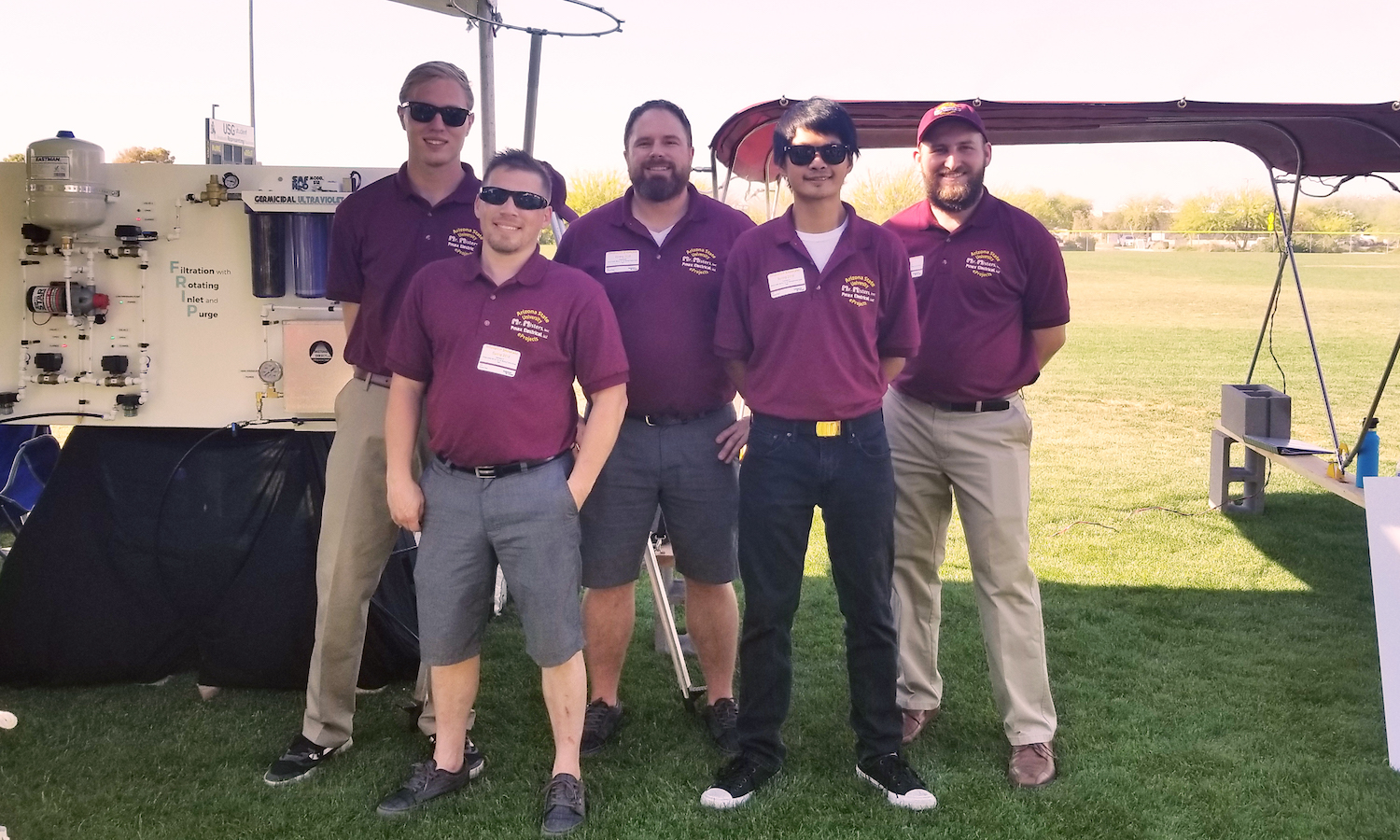
Members of the team (L-R: David Bowersox, Adam Standard, Mike Dietterick, Elijah Guinanao and Tanner Woodward) pose in front of the bimini frame and FRIP (Filtration with Rotating Inlet and Purge) system at the Spring 2018 Innovation Showcase at ASU’s Polytechnic campus. Photo courtesy of David Bowersox



